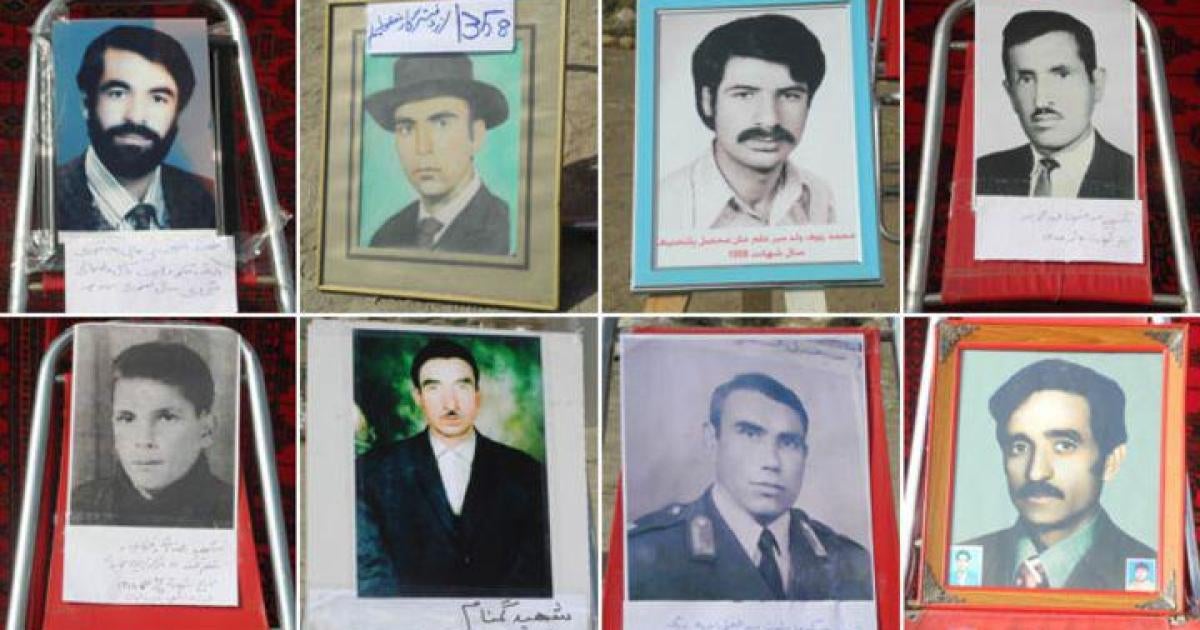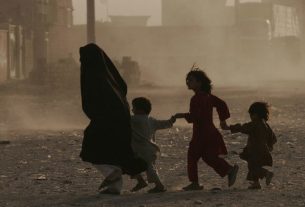Afghanistan has one of the world’s highest number of enforced disappearances, with tens of thousands of people unaccounted for after being detained by government or militia forces since the late 1970s. Authorities of all stripes have forcibly disappeared opponents in Afghanistan. On August 30, International Day of the Disappeared, advocates grappling with ending longstanding impunity in Afghanistan should recall these victims and their families still waiting for answers.
Enforced disappearances are grave international crimes and are considered ongoing crimes so long as the fate of those disappeared remains unacknowledged and their whereabouts unknown. They cause profound suffering to families who can never really mourn.
The Taliban are among abusive authorities over the past 46 years, who use enforced disappearances to assert control and instill fear in those who oppose them. The victims include hundreds of members of the former government’s security forces, many of whom are feared to have been summarily executed after being detained, and women protesters who have been held incommunicado, sometimes for many weeks.
The publication in 2013 of a list of people forcibly disappeared in Afghanistan after the communist coup in 1978 finally allowed families to holdfatehas (mourning ceremonies) for relatives. But the so-called death list of 4,785 names represented only a fraction of the tens of thousands forcibly disappeared and presumably executed between 1978-79.
Otherlists include more than 600 people captured by various rival militia forces during the intense fighting that engulfed Kabul between 1992 and 1995. They include students, journalists, shopkeepers, and other civilians detained and disappeared by every militia force fighting in Kabul, including Shura-e Nazar, Ittihad, Junbish, Hezb-i Wahdat, and the Taliban.
Between 2010 and 2018, United States-backed police forces in Kandahar were responsible for some 2,200 enforced disappearances of accused Taliban as well as civilians belonging to rival tribal communities. Most are believed to be buried in mass graves in the desert.
No entity implicated in disappearances in Afghanistan has ever acknowledged responsibility. Families have created memorials with photographs of the disappeared, commemorations reminiscent of other cases of large-scale atrocities, such as in Cambodia under the Khmer Rouge between 1975 and 1979. These efforts suggest a longing for the truth to be acknowledged and justice for thousands of Afghan families whose loved ones remain missing.



